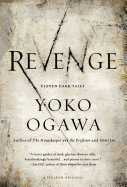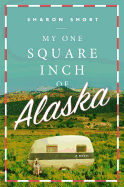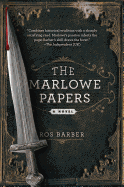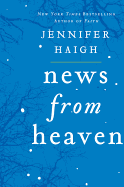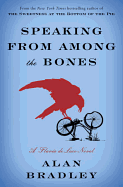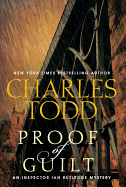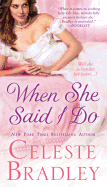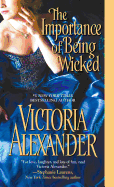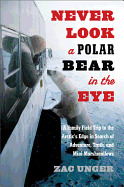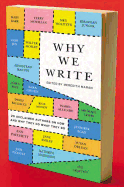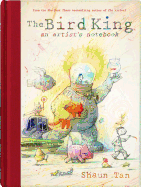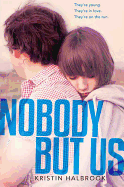 Emily Raboteau traveled across five nations, including Israel and Ethiopia, over the course of 10 years to research Searching for Zion: The Quest for Home in the African Diaspora (Atlantic Monthly Press, January 8, 2013), about black people who've left home to find the Promised Land. Her previous book is the novel The Professor's Daughter. Honors include a literature fellowship from the National Endowment from the Arts, the Chicago Tribune's Nelson Algren Award and a Pushcart Prize. Raboteau lives in New York City with her family.
Emily Raboteau traveled across five nations, including Israel and Ethiopia, over the course of 10 years to research Searching for Zion: The Quest for Home in the African Diaspora (Atlantic Monthly Press, January 8, 2013), about black people who've left home to find the Promised Land. Her previous book is the novel The Professor's Daughter. Honors include a literature fellowship from the National Endowment from the Arts, the Chicago Tribune's Nelson Algren Award and a Pushcart Prize. Raboteau lives in New York City with her family.
On your nightstand now:
House of Stone by the late Anthony Shadid, a memoir about the author rebuilding his family home in war-torn Lebanon, and Tell My Horse, Zora Neale Hurston's anthropological account of religious traditions in Haiti and Jamaica, which I recently re-read before participating in a panel of black women writers influenced by her work. Also, Jennifer Egan's A Visit from the Goon Squad. I found a copy in the "Trash to Treasure" nook of my apartment building's laundry room. I wanted not to like this book because it was so popular, but I really, really do.
Favorite book when you were a child:
I guess I was like any other nerdy bookish kid with a different favorite book every week. I went through a period of obsession at age 11 or so with the Salem witch trials so I loved both Tituba of Salem Village by Ann Lane Petry and The Witch of Blackbird Pond by Elizabeth George Speare. I enjoyed books about characters who were persecuted for being different, and books about girls who had to test their bravery alone in the wild, like Island of the Blue Dolphins by Scott O'Dell and Julie of the Wolves by Jean Craighead George. I gravitated to stories that questioned belonging or not belonging to a certain community, and this remains my chronic interest.
Your top five authors:
That's tough. I'll pick five whose complete works I've read for their spellbinding and original voices: James Baldwin, Jamaica Kincaid, Jorge Louis Borges, William Faulkner and Hélène Cixous. When I read them, I'm either inspired to do better or to throw up my hands and quit entirely, maybe go work in a hardware store. I admit to feeling heartened that (with the exception of Borges) these folks have all written a small measure of crap in addition to their masterworks. Have you read Baldwin's poems? Don't bother. But Christ on a cracker, The Fire Next Time.
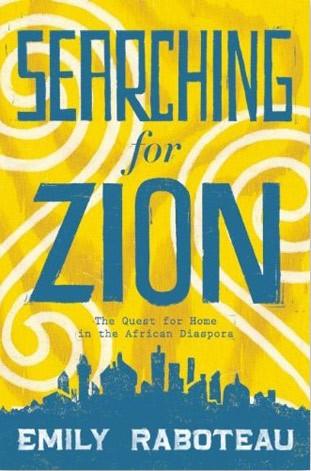 Book you've faked reading:
Book you've faked reading:
The Holy Bible, in its entirety. A Rastafarian at the Twelve Tribe Headquarters in Kingston, Jamaica, called me out on my lie. His motto was, "A chapter a day keeps the devil away," and he followed it religiously. I've never met anyone better versed in the Bible than the Rastas.
Book you're an evangelist for:
Adrienne Kennedy's beautifully strange autobiography about growing up in 1940s Ohio, People Who Led to My Plays. It's assembled like a scrapbook, with pictures and text, and is about as nonlinear and avant-garde as her 1964 Obie-winning play, Funnyhouse of a Negro.
Book you've bought for the cover:
I never bought it because it's so expensive and weighs more than my toddler, but every time I stop at the Strand Bookstore I lust after the massive Atlas of Human Anatomy and Surgery: The Complete Coloured Plates of 1831-1854 by J.M. Bourgery, put out by Taschen. Its gorgeous, macabre cover is outdone by the interior life-size hand-colored lithographs, images like a man's scalp and skull peeled away to reveal his brain. From my lips to Santa's ears.
Book that changed your life:
I doubt I could have gotten through it on my own, but I had the good fortune to enroll in a Cervantes seminar in college with the amazing Cuban-born critic Roberto González Echevarría, whose love of Don Quixote was infectious. If it hadn't been for this professor, I'm sure Don Quixote would be the text I've faked reading. The book is impossible to categorize because it includes so many registers and genres. It's more than 400 years old and credited with being our first modern novel, but I haven't read anything as experimental that's come after. I moped around for a week when I finished, having been lost in the dream it wove, and in as much grief over Don Quixote's death as if he'd been my favorite uncle. I have a quixotic strain myself. Thinking you can find Zion on earth is kind of like mistaking a windmill for a giant.
Favorite line from a book:
From Steinbeck's Travels with Charley: "A journey is like marriage. The certain way to be wrong is to think you control it."
Book you most want to read again for the first time:
Hands down, Gabriel García Márquez's A Hundred Years of Solitude. Pure magic, every line.
You wrote your latest book while pregnant and in the months after giving birth to your first child. How exciting was it to labor over both at the same time?
Exciting? Are you insane? I want to smack you in the forehead right now.
Book Brahmin: Emily Raboteau
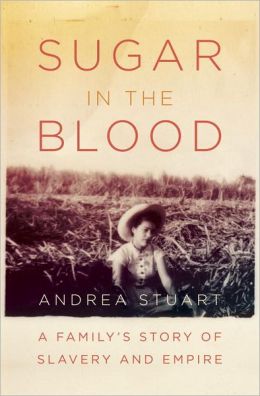



 Emily Raboteau
Emily Raboteau Book you've faked reading:
Book you've faked reading: